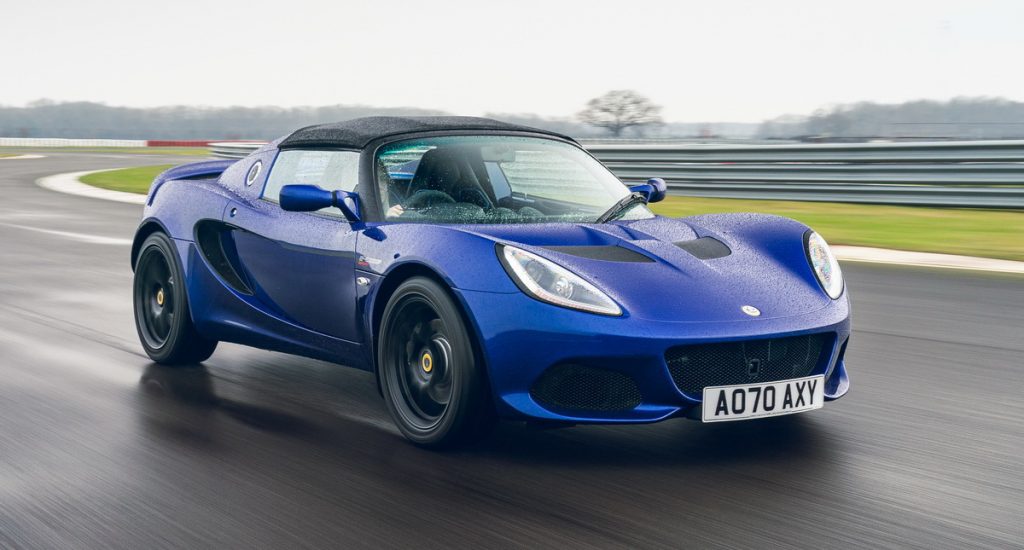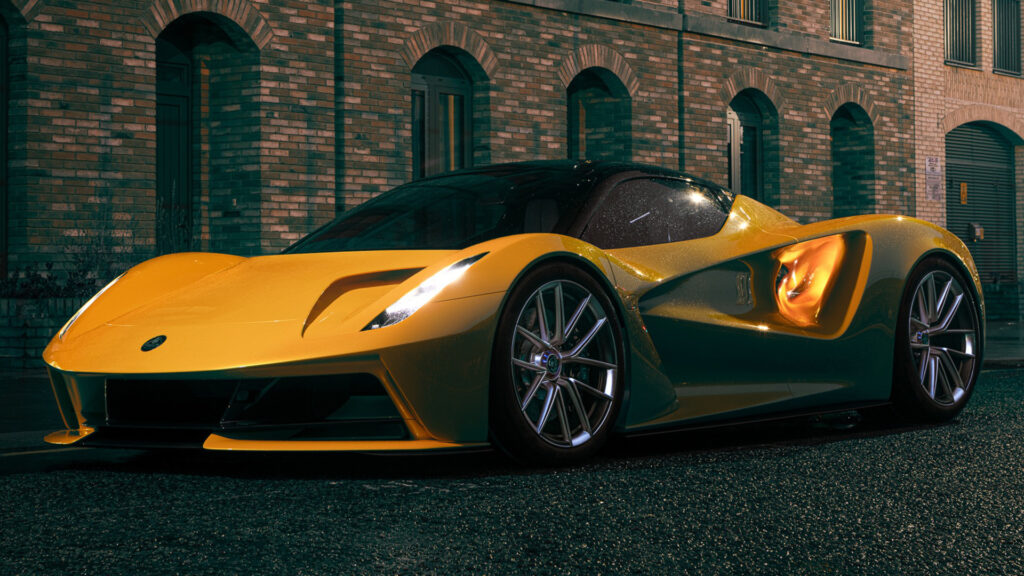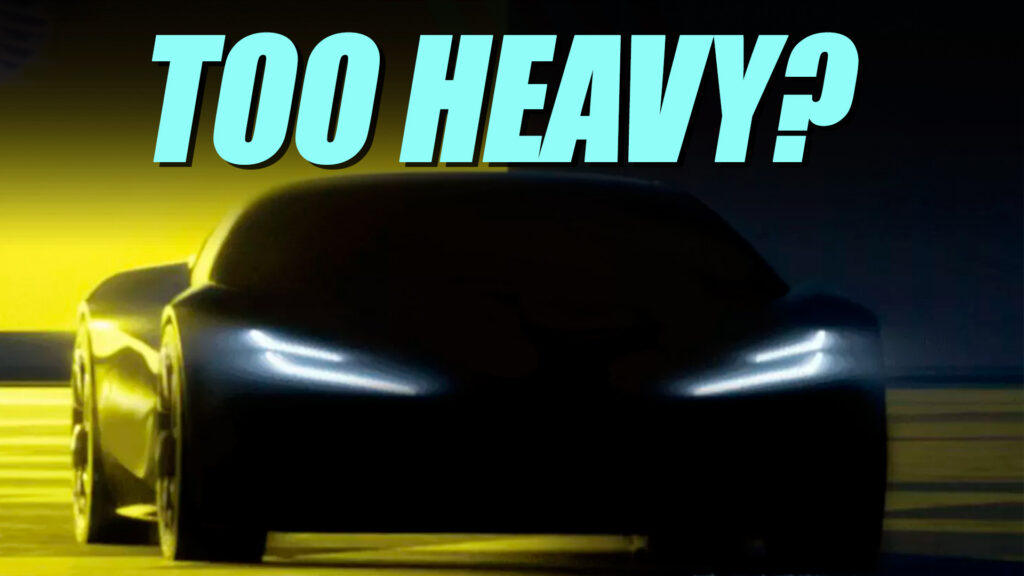- The British company wants to give the Type 135 the same character as the iconic Elise.
- Solid-state batteries could be an option, but it’s unclear if Lotus will go down this route.
- The architecture of the Type 135 will allow batteries to be positioned in the middle of the chassis.
Lotus may delay its Type 135 electric sports car, the much-awaited Elise and Emira successor, due to concerns that current battery technology would make it too heavy. According to the brand, the model must remain as close in spirit to the Elise as possible, and today’s battery technology is not advanced enough to allow it.
The brand’s first all-electric sports car has been penciled in for 2027 and will serve as a successor to the Emira. During a recent interview, Lotus Group design boss Ben Payne said Lotus is still targeting 2027, but mimicking the traits of the beloved Elise may not be possible with the current battery technology.
Read: All-Electric Lotus Sports Car Coming In 2027 To Retire Emira
“The technology right now does not really allow you to recreate that product in a convincing way,” Payne told Autocar, referring to the taller silhouettes and high curb weights of modern EVs, one of the biggest issues for driver-focused sports cars.
Underpinning the Lotus Elise and Emira successor will be a new ‘E-Sports’ platform with a rear subframe assembly that’s 37% lighter than the one in the Emira. This setup also means the batteries can be positioned in the middle of the chassis, allowing a lower floorplan and a lower driving position than an EV with a skateboard architecture.

Payne suggested that solid-state batteries could help Lotus achieve its weight goals for the Type 135, although he didn’t say if the manufacturer is considering switching to them.
“The physical size shrinking, and inevitably the mass coming down, allows you to go back to the core values,” he said of solid-state cells. “For a brand like Lotus, being able to reduce everything to the minimum and then shrinkwrap the car around it is the core philosophy of [founder Colin] Chapman.”
The design boss declined to confirm if the 2027 launch date is going to be delayed, saying: “These things need to dovetail in the right way.”




